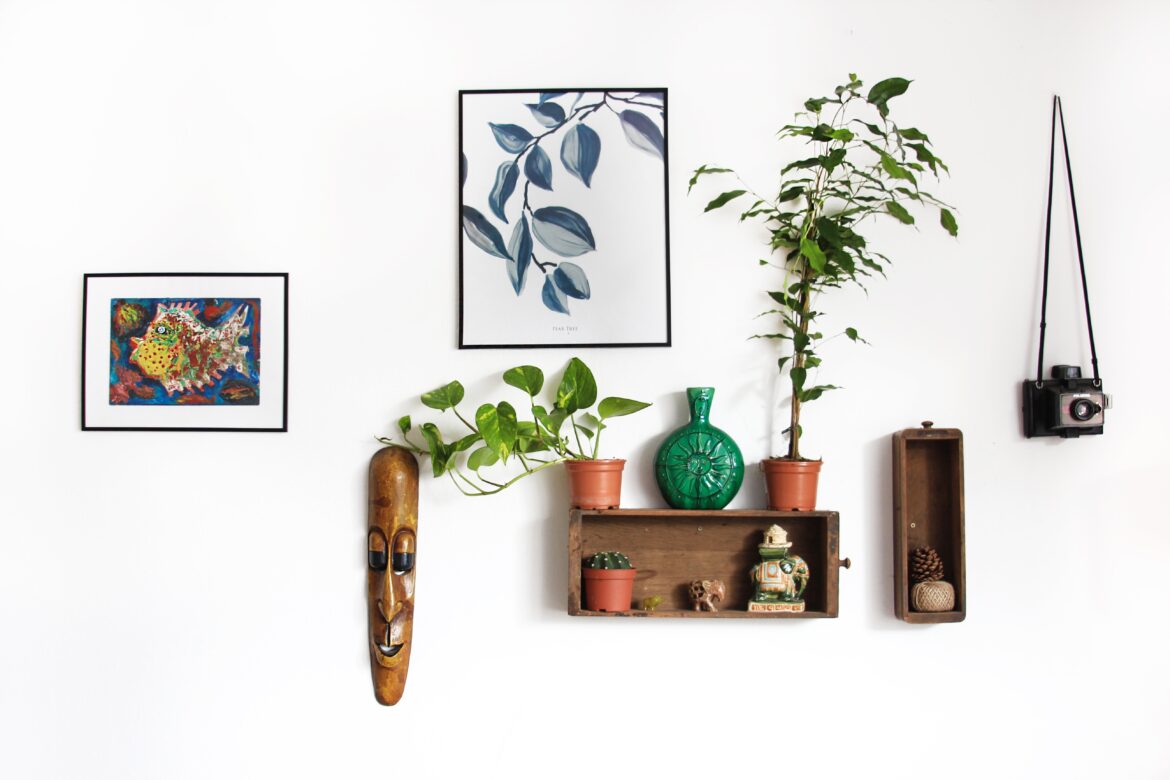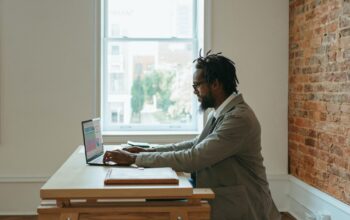Retail spaces must entice a far larger audience to survive for a long time. There is much to consider for a successful retail store interior design. The retail design needs to excite the target audience. That attracts more customers to your store, gets them browsing for more products, and encourages them to head toward the checkout.
We’ve been examining various shop design best practices to help merchants be more successful and thrive in today’s digital era. Although every retail store is different, there is only one goal in every designer’s mind when they create an interior design for a shop. That goal is to attract as many customers as they can, transform the space to look fabulous, and influence them enough so the customers are willing to part with their cash. Thus, nailing the design is especially important for helping retailers profit.
Simply put, as of right now, there are many ways to do interior design for a retail shop, but with this in mind according to our 20 years of experience in doing various types of interior design for shops, no matter what is the design, when you want your interior design to be able to attract customers, it has to have these Important Design Principles for a Shop. That’ll ensure the shop remains immersive, rich, and a treat for sense.
Click here to learn more about tips to choose an interior designer
The Basic Principle for a Retail Shop
Take a look at some basic principles for a retail shop
1. Eye-catching Product Display
One of the most important points in doing interior design for a shop is the shop entrance which will capture shoppers’ attention. Do you want to know why? Since they’re in a transition mode, every potential customer will not suddenly appear inside your shop. The entrance is the way from there they will subconsciously judge whether this shop is worth entering or not.
This is where the “Power of Visual Merchandising” shines the most that should never be underestimated. The reason is that what subconsciously affects the visual contact of customers is the design of your shop entrance and the products you displayed in the front of the shop. More importantly, by displaying the right products in front of your shop, when potential customers come and see it, they will have a higher chance of entering your shop if you explore creative interpretations while placing the product at the heart of the display and then they know that you sell the products they need.
Now, the problem is how you can decide which product needs to display that potentially attract customers. Speaking from experience, the way you arrange and show your display product should grab attention, while communicating a message and telling a story to your potential customers. By doing this correctly, then the potential customer will be more interested in your shop to garner more sales compared to other shops that sold the same kind of products which gives a quite serene experience to your customer.
Click here to learn more about what are the things to follow when planning a kitchen interior design
2. Use All Senses
As a human, we use all senses to perceive the conditions around us. So to be able to attract customers easier, you have to make your products and interior design appealing to your customer’s all senses which makes a world of difference in attracting and retaining customers. The point is, you have to maximize the arrangements and attraction in your shop’s interior design so people can get attracted to your store more efficiently. In turn, this builds trust and loyalty. Below are some examples of how we can use the customer’s senses based on our experience:
· Sight: This is the easiest sense to affect that may be a priority. There are various ways you can attract customers using this sense, from using colors, changing the intensity of the lighting in your shop, and simply making a good arrangement of the products in your shop with an evaluation of the space functionality. When done correctly, you can adjust what products the customer will focus on and how long they will stay in a section of your shop which results in a feeling of comfort and consistency.
· Sound: There are multiple ways to affect this sense that can enhance the customer experience. People’s conversation, background music, and even the sound around you can affect your perception which leads shoppers. For example, ultimately younger people tend to be attracted to shopping at a place where they play upbeat music, while older people generally like a shop that plays soft or classical music better depicting a camping scene.
· Touch: The sense of touch is a very important thing when you’re doing Interior Design for your shop. People will be more willing to buy something when they can try it first in a visually appealing way. You can take an example of 2 shops selling headphones. One of them allows the customer to try it on the spot with security measures, and the other forbid the customer to try the product and they can only see it. Which one of these two shops you’ll want to buy a headphone from? People will choose the first one and love it. This is why the sense of touch is an important factor after all the main focus should be the products.
· Smell: Whether dealing with small shop interior design or a large-scale operation, believe it or not, there’s an entire science to what’s referred to as scent marketing, with several studies and real-world case studies of global brands applying it to their advantage. In addition to boosting the appearance of the shop, the reason is that smell is considered to be a fast track to the system in your brain that controls emotions and memory, two very prominent factors behind why we choose one brand over another.
Click here to learn more about how to choose an interior designer – a modern interior designer in Dubai
3. Product Management
From your shop’s entryway to its checkout display, every element can impact your customer’s path to purchase anything. For that reason, to make your shop look nice, you have to keep the interior of your shop clean and tidy. At first glance, this is especially important for small shops, where things can easily get messy. The easiest way to avoid this is by doing some product and decoration management for your products to display. One of the most famous principles in retailing is, “Retail is Detail” to shopping and making purchases. Therefore, to be able to manage all your products to a satisfying level, you need to pay attention to any detail, so you can create a positive shopping experience. It is your job that doesn’t just to put your products randomly because of lack of space or motivation but to take your time to gather your products and see which product goes well together with which. This way, you can also create some space that enables you to not put your merchandise too closely with each other and continues to create an immersive experience. You can also separate your products using elevation at the store entrance so you can make customers focus on which product you want them to buy. To do this, put the key products you want the customer to focus on at eye level. Based on our experience, customers tend to pay more attention to the products caught in their eyesight which can help them decide on the products above or below their eyesight.
Click here to learn more about what are the best home interior design ideas to follow
Conclusion
Interior design for retail and shop businesses is an endless process that needs to be even more eye-catching. Every person has their likes and dislikes, but retailers need to learn to adapt their offerings. There is no template for interior design of these types, the only thing you can do is adhere to these principles to make the Interior Design for your shop, then observe your customers’ behavior and habits to know them better, then see what they like and dislike from your products especially when the customer can engage with the shop. Don’t forget to also memorize their movement pattern and behavior with the shopping experience, so you can test several different arrangements and choose the most optimal Interior Design for your shop. Keep all your senses open then you’ll be able to create an interior design that is good for both you and your customers.
Need retail store interior design help? Schedule a Modern Interior Design in Dubai consultation today to be on your way to enjoying more checkouts! They’ll unpack how you can make decisions that positively impact sales.
We hope this information is helpful to you. Thank you










